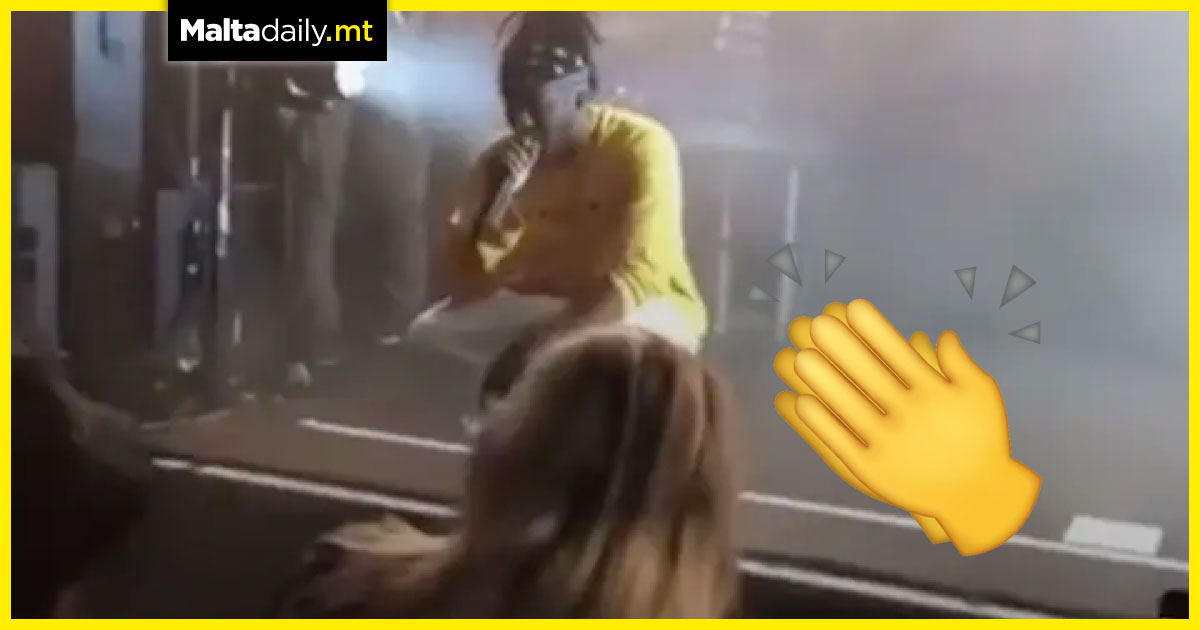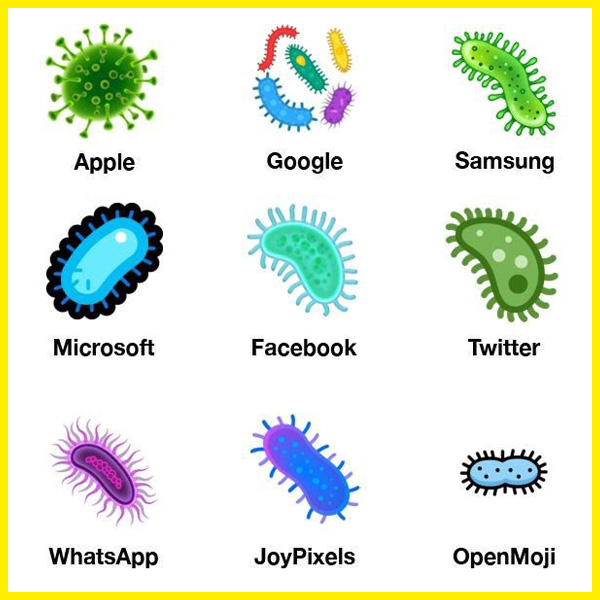
A 39-year-old woman from Qormi has been fined €6,000 after being found guilty of changing her husband’s Facebook password and downloading a photo of a topless woman to use against him in a separation case.
The woman was accused of such an act in March of 2017 and was found guilty from the Court of Magistrates. After hearing the listed evidence, judge Consuelo Scerri Herrera concluded that they were scarce.
The judge stated that it is not the first time she faced marital issues in court and she is highly aware of the conflict and tension between couples, concluding that she is not comfortable determining guilt when there is discourse without evidence.
#MaltaDaily











 Known more accurately as the microbe emoji, the sign’s usage spiked exponentially. Speaking to Joe Hewitt, a writer on Medium, chief emoji officer at Emojipedia Jeremy Burge explained how the use of the emoji increased 1,519% from August 2019 to April 2020, despite representing only a measly 0.06% of total emoji use. Despite being one of the least used pictograms, it’s burden of representing the dreaded virus catapulted it to the forefront nonetheless.
Known more accurately as the microbe emoji, the sign’s usage spiked exponentially. Speaking to Joe Hewitt, a writer on Medium, chief emoji officer at Emojipedia Jeremy Burge explained how the use of the emoji increased 1,519% from August 2019 to April 2020, despite representing only a measly 0.06% of total emoji use. Despite being one of the least used pictograms, it’s burden of representing the dreaded virus catapulted it to the forefront nonetheless. Where did the emoji come from? And how does it change how we should all think about the world’s fastest growing language – that is, emojis. Well, for an emoji to make the next OS update, it is first proposed to the Unicode Consortium. This is a non-profit which forms the bridge between computing and spoken/written languages. Its purpose? – enable people around the world to use computers in any language.
Where did the emoji come from? And how does it change how we should all think about the world’s fastest growing language – that is, emojis. Well, for an emoji to make the next OS update, it is first proposed to the Unicode Consortium. This is a non-profit which forms the bridge between computing and spoken/written languages. Its purpose? – enable people around the world to use computers in any language. Emoji as a language grew from just 698 characters in 2010 to doubling to 1,317 in just ten years. Anyone can propose an emoji, but they all need to follow strict guidelines to get approved. The green splatter emoji was proposed in April 2017 and released in 2018. The emoji was proposed as a request to reflect science in everyday conversation, with the Facebook page ‘I F*cking Love Science’ proving that science established itself on social media. There were specific emojis which made the cut to facilitate science communication;
Emoji as a language grew from just 698 characters in 2010 to doubling to 1,317 in just ten years. Anyone can propose an emoji, but they all need to follow strict guidelines to get approved. The green splatter emoji was proposed in April 2017 and released in 2018. The emoji was proposed as a request to reflect science in everyday conversation, with the Facebook page ‘I F*cking Love Science’ proving that science established itself on social media. There were specific emojis which made the cut to facilitate science communication; However, you’ll only see the toxic green splat if you’re an Apple user. If you use Android or even Twitter, you’ll get a more bug-like bacterium emoji. With the Unicode Emoji Subcommittee (ESC) acting as experts to review submissions for new emoji and update characters, its up to the designers at the tech companies to craft interpretations. This might seem as an easy task, but how an emoji looks can change how a conversation progresses.
However, you’ll only see the toxic green splat if you’re an Apple user. If you use Android or even Twitter, you’ll get a more bug-like bacterium emoji. With the Unicode Emoji Subcommittee (ESC) acting as experts to review submissions for new emoji and update characters, its up to the designers at the tech companies to craft interpretations. This might seem as an easy task, but how an emoji looks can change how a conversation progresses.
 The emoji was proposed in July 2016, during the Zika epidemic in South America. Ian M. Mackay, PhD, submitted the proposal, arguing that the impact of diseases should be acknowledged in emoji language. The mosquito emoji offered more than just a new character – it offered a tool for public health. This brings us to the infamous green splat. Typing germ, microbe, bacteria, amoeba or even virus gives you this green splat as a result.
The emoji was proposed in July 2016, during the Zika epidemic in South America. Ian M. Mackay, PhD, submitted the proposal, arguing that the impact of diseases should be acknowledged in emoji language. The mosquito emoji offered more than just a new character – it offered a tool for public health. This brings us to the infamous green splat. Typing germ, microbe, bacteria, amoeba or even virus gives you this green splat as a result. For a scientist, these words are not the same. This sparked an attempt to be more accurate in their depiction of COVID-19 through emojis. Some have resorted to placing it next to a crown to signify ‘corona virus’, others use the mask emoji, while others use more problematic combos such as the splatter next to the flag of China. In essence, the lack of accurate COVID-19 emojis lead to people either using this little emoji as a catch all or making up combos as they go.
For a scientist, these words are not the same. This sparked an attempt to be more accurate in their depiction of COVID-19 through emojis. Some have resorted to placing it next to a crown to signify ‘corona virus’, others use the mask emoji, while others use more problematic combos such as the splatter next to the flag of China. In essence, the lack of accurate COVID-19 emojis lead to people either using this little emoji as a catch all or making up combos as they go. This might invite developers of emoji to be more accurate in their depictions. Emojis are no longer just heart eyes or funny faces. They are representing more and more of our life – and life is nuanced. The decision to change an emoji could broaden public understanding of a topic and considering how important it is for us to be safe during the pandemic, it might not be bizarre to foresee the bacteria emoji being expanded upon.
This might invite developers of emoji to be more accurate in their depictions. Emojis are no longer just heart eyes or funny faces. They are representing more and more of our life – and life is nuanced. The decision to change an emoji could broaden public understanding of a topic and considering how important it is for us to be safe during the pandemic, it might not be bizarre to foresee the bacteria emoji being expanded upon. #MaltaDaily
#MaltaDaily